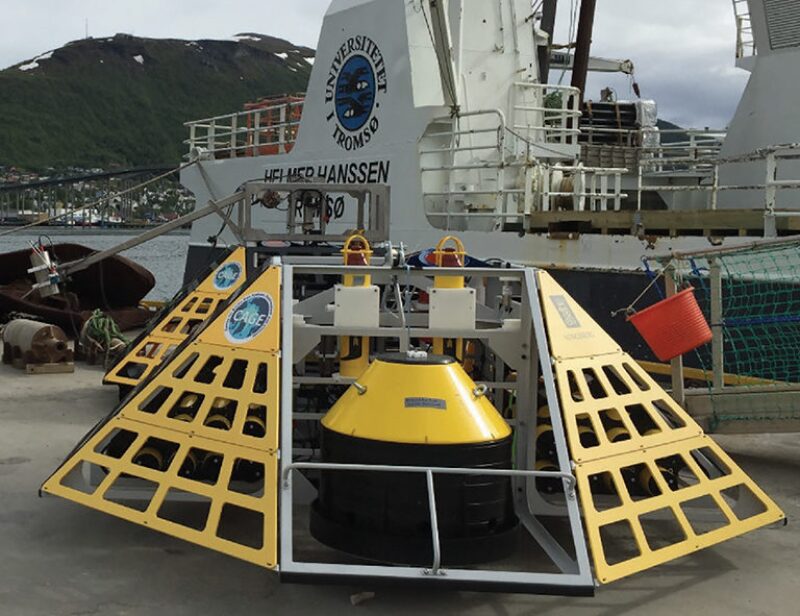Anyone selling something new for offshore exploration and production has to be able to answer a simple question from customers, “How can we save some money?”
That blunt assessment was offered by Sören Themann, vice president subsea monitoring for Kongsberg Maritime, in a presentation to a group of oil and gas writers visiting the Norwegian subsea supplier.
The point was made again and again on a tour of offshore-oil businesses in the Subsea Valley, the Oslo-area cluster of engineering-driven subsea service and supply companies whose customers need to drastically reduce the costs to a level where they can again profitably add offshore production.
What is required is “not small changes—radical changes,” said Eldar Sætre, CEO for Statoil. He said the Norwegian national oil company is “taking down costs faster and with much more impact than we planned for and we could foresee.”
Change is coming in many forms: steel, sensors, software, and standards. Suppliers are working on things ranging from shrinking the size and cost of subsea pumps, removing hundreds of tons of equipment from platforms, to pipe connectors that can easily adjust to accommodate pipes coming in off line, avoiding the time and wear associated with bending them into line.
Closer at hand are offerings based on data and processes, such as a project to reverse the rising tide of paperwork making projects much more expensive, and rethinking old project plans with an eye toward sharp budget reductions.
Statoil is “radically reshaping our portfolio of nonsanctioned projects,” to move costs down enough for them to go forward, Sætre said. It is one of many trying to revive projects that were put on hold because they would not profitably produce hydrocarbons in a market where the price band for oil is centered at USD 50/bbl.


